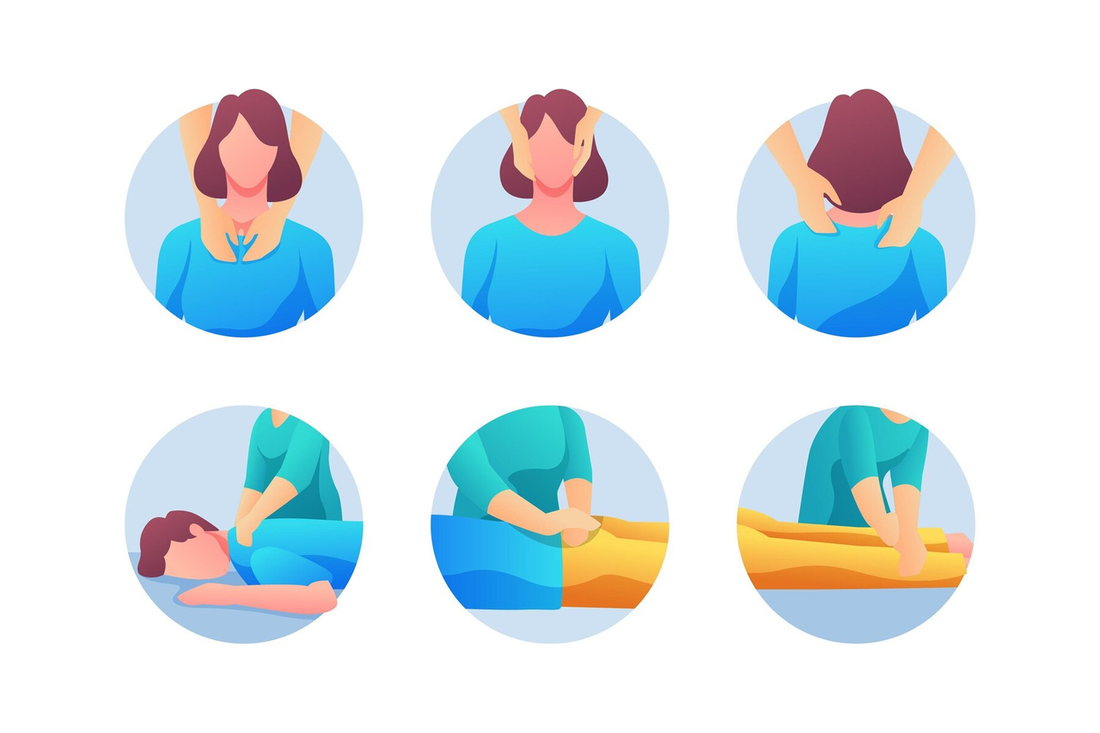Chronic pain is a silent adversary, affecting millions without visible signs of its presence. Unlike acute pain, which serves as a warning signal for injury or illness, chronic pain persists long after the initial cause has resolved, lasting for months or even years. This article sheds light on the unseen challenges of chronic pain and offers insights into effective management strategies to improve quality of life.
Defining Chronic Pain
Characteristics and Causes
-
Persistent Nature: Chronic pain is defined as pain lasting longer than three months. It can be continuous or episodic, impacting various parts of the body.
-
Underlying Causes: Common causes include conditions like arthritis, fibromyalgia, nerve damage, and past injuries. Sometimes, the cause remains unidentified, adding to the frustration.
The Hidden Impact of Chronic Pain
Physical Limitations
-
Activity Restriction: Chronic pain often leads to a reduction in physical activity, affecting mobility and daily functioning. This can result in muscle weakness and decreased stamina.
-
Sleep Disruption: Persistent pain frequently interferes with sleep, leading to chronic fatigue and worsening pain symptoms.
Emotional and Psychological Toll
-
Mental Health: The continuous struggle with pain can lead to anxiety, depression, and a sense of hopelessness. Managing chronic pain often requires addressing these psychological aspects.
-
Cognitive Effects: Chronic pain can impair cognitive functions, including concentration, memory, and decision-making.
Social and Economic Consequences
-
Isolation: Individuals with chronic pain may withdraw from social interactions, leading to loneliness and isolation. The inability to participate in social activities can further exacerbate emotional distress.
-
Financial Burden: The cost of ongoing medical care and the potential loss of income due to disability can place significant financial strain on individuals and their families.
Strategies for Managing Chronic Pain
Medical Interventions
-
Pharmacological Treatments: Medications, including pain relievers, anti-inflammatory drugs, and antidepressants, can help manage symptoms. It is crucial to work with healthcare providers to find the right combination.
-
Non-Pharmacological Therapies: Physical therapy, acupuncture, and chiropractic care can offer relief by improving mobility and reducing pain levels.
Holistic Approaches
-
Exercise and Physical Activity: Gentle, regular exercise such as swimming, yoga, and walking can help maintain physical function and reduce pain. Tailoring activities to individual capabilities is essential.
-
Nutrition and Diet: A balanced diet rich in anti-inflammatory foods can support overall health and potentially reduce pain. Consulting with a nutritionist can provide personalized guidance.
-
Mind-Body Techniques: Practices such as mindfulness meditation, deep-breathing exercises, and biofeedback can help manage pain by reducing stress and promoting relaxation.
Building a Support Network
-
Professional Support: Regular appointments with healthcare providers, including pain specialists and mental health professionals, can help develop a comprehensive pain management plan.
-
Support Groups: Connecting with others who understand the challenges of chronic pain can provide emotional support and practical advice.
Self-Care Practices
-
Hobbies and Interests: Engaging in enjoyable activities can distract from pain and improve mood. Finding hobbies that accommodate physical limitations is crucial.
-
Relaxation Techniques: Incorporating relaxation methods such as warm baths, gentle stretching, and listening to soothing music can help ease pain and promote well-being.




